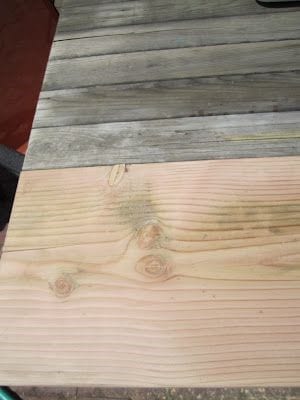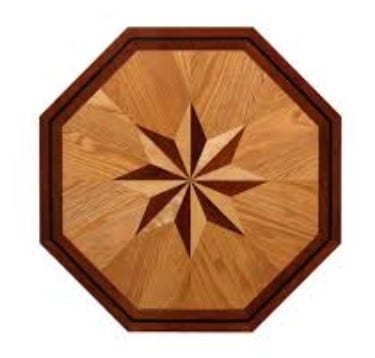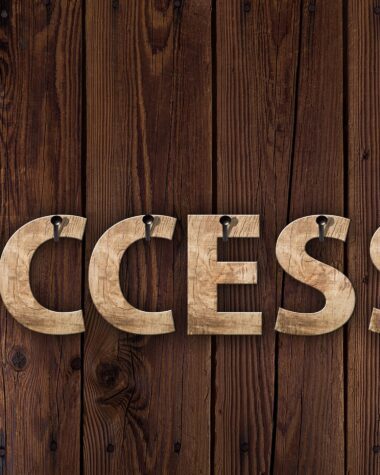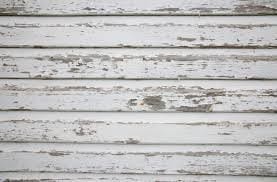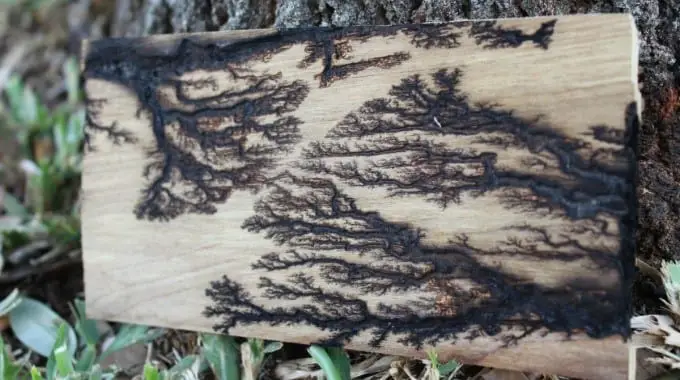One of the most enjoyable past time that a carver can have is to carve faces on wood. You need to have the right skill and experience through to be able to do it correctly.
For beginners, they can start working their skills from a block of wood. They just need to be patient about it and eventually, they will get used to it.
It is considered as a time-honored tradition when it comes to carving face on wood. If you are interested though in carving faces on wood then you will need to read on this article as that is what we will be talking about.
Materials needed
- Pencil
- A piece of paper
- V-gouge carving tool
- U-gouge carving tool
- Bench knife or pen knife
- Wood stain or lacquer
Steps in carving faces in wood
Step #1
The very first thing that you need to do is to draw your design using a pencil and a piece of paper. If you are just starting out then chasing a softwood can greatly help.
You can choose from either butternut, basswood or other types of softwood that you can find. Once you have already chosen the wood then you will need to draw the face into the flat plain of the wood block.
You can start carving your wedge shaped cust by using a v-gouge carving tool. This will help you establish the planes of the face. You now need to cut a wedge at the halfway point of the blank to create the bulge of the nose.
Carve another three-quarter of the way done to create the bottom of the nose. Just below that one, you need to carve a wedge for the mouth and chin.
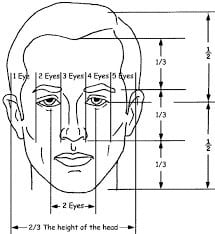
Image credit: Alberto Linero
Step #2
By using a large u-gouge then you will need to cut away the excess areas of the wood around the nose. In order for the flat forehead plane to slope back to the wood then you will need to carve on it as well. You need to carve parallel to the wood grain to avoid any chipping of the material.
In order to smooth away the jagged edges when carving across or against the wood grain then you will need to do two cuts from the opposite direction. You will need to keep carving using the larger tools that you have to define the basic features of the face.
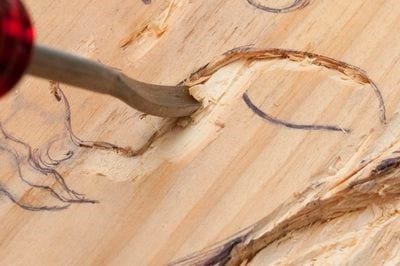
Image credit: eHow
Step #3
Once you are done carving the main features of the face, then start doing the finer details. You can do this by using a bench knife. This is also called as a detail knife or a straight knife. A pen knife can also get the job done.
In order to give you a guided then you can use a pencil to draw the details of the face. Start carving the brows and the cheekbones. Make sure that they will be curving awards.
The next thing to do is to sculpt the eyeballs and the cut the eyelids next. You need to make sure that you will be doing gentle cuts for the upper eyelids. You need to do this from the edge of the nose so that it will taper at the top.
Step #4
You now need to cut the eyes pupils by using a small u-gouge. You can also choose to add details like skin wrinkles, and facial hair. Do this with the help of a bench knife or a v-gouge.
Make sure that the eyes should have the most recessed point and the tip of the nose is the highest one. It is also important to work on the details of the mouth and nostrils.
See to it that you will carve the indentation below the lips and the cheek dimples as well.
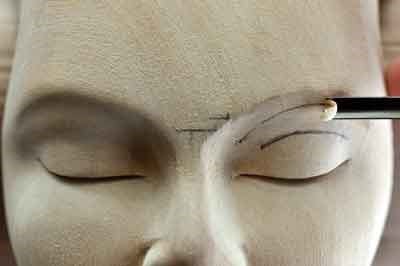
Image credit: The Woodworkers Institute
Step #5
Once you are done with the details then, dealing with the finer details is what you should be doing next. You now need to use the smallest gouges and the bench knife that you have to do a better job.
You can add furrows on the forehead as well as crow feet around the corners of the eyes. Use the v-gouge that you have to cut away the details of the hair until it will be flowing naturally on a visual point.
Always make sure that the chin and nose are tapered correctly. You can do this by viewing the face in all angles. Once you are able to give your work a personality then you can stop carving. Once all of these things are done, finish it off with a wood stain or lacquer or you can just leave it as is.
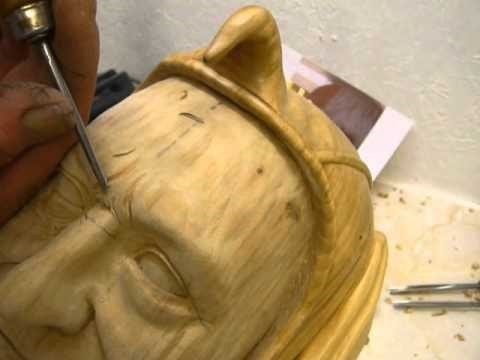
Image credit: YouTube
Conclusion
Carving faces on wood might seem to be an advance woodcarving skill. For individuals that aspire to create these things though, you can definitely do it. All you have to do is to have the right tools and patience and you will be carving your one face on wood in no time.

